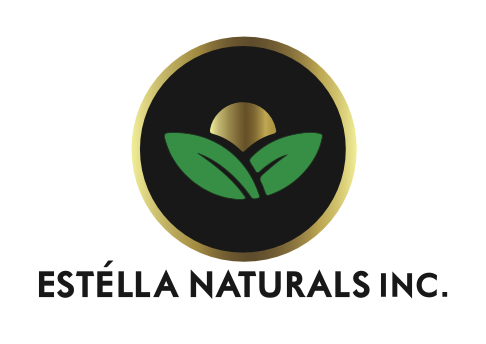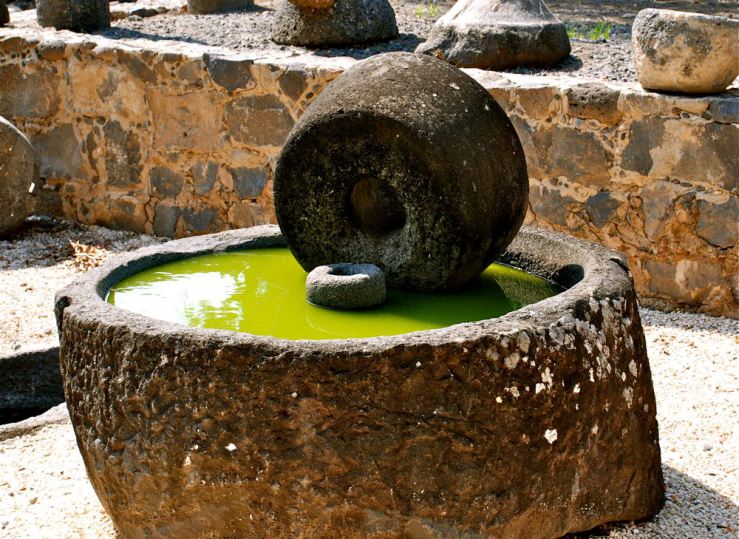The Olive: A Pillar of Mediterranean Life
The olive is an integral part of the life of the people of the Mediterranean, from ancient times it has appeared in their myths, their traditional stories and in the history of their race. The olive is a timeless symbol of peace, prosperity, productivity and fertility. By just considering that the winners of the ancient Olympic Games were awarded a crown of olive leaves, you will understand how important the olive tree was to the people of this region. Mythology tells us that the olive was a gift from the goddess Athina to the residents of the city of Athens, who subsequently gave her name to their city in gratitude for this gift. The olive tree made its appearance in the Mediterranean region thousands of years ago and spread to nearby countries from there.
In the Peloponnese, the cultivation of the olive began around the 3rd century B.C. Today in the Peloponnese, the most common and popular olive varieties grown are the Manaki, Koroneiki, Athinolia and Kolovi varieties that produce a very high quality extra virgin olive oil.
Estélla Extra Virgin Olive Oils are comprised from the following two varieties: Manaki and Koroneiki olives.
The Koroneiki olive variety is…
- Cultivated in the southwestern Peloponnese and Crete, comprising 60% of the total Greek production.
- Intensive fruit and herbal taste.
- Depending on the location, the olive fruit is harvested late September or early October and may finish in late December or early January.
The Manaki olive variety is…
- The basic variety of northeastern Peloponnese.
- Fruity and aromatic taste.
- Slow in maturing, with the olive fruit being harvested from the end of October until the beginning of January.
Why Choose Estélla Organic or Reserve Extra Virgin Olive Oils
Similar to wines, not all live oils are the same. Olive oils have a very complex sensory, aromatic and tasting attributes. The differences in olive oils depend on the variety of olives, the land where they are grown and the processing. Our olive oil is an all natural product that is fruity, aromatic, flavorful and is cholesterol and sodium free. It is obtained from the fruit of the olive tree using solely mechanical or other physical means, under specific conditions which do not alter the properties of the oil in any way. It has not undergone any treatment other than decanting, centrifuging and filtering and is cholesterol and sodium free with an acidity level between 0.3% – 0.5%.
What Color Says About Olive Oil
The color of olive oil depends on various factors which effect the final product such as: farming techniques, soil type, climate conditions, geographic latitude, variety of the olive tree, production methods, storage, etc. Another factor that influences the color of olive oil is how ripe the olives are when they are harvested from the olive trees. Olive oil made from unripe, green olives has a light to deep green color. Whereas, olive oil made from ripe olives tends to have a golden or light yellow color.
However, the color of olive oil is not an indicator of quality in relationship to culinary uses. For this reason, the International Olive Oil Council (IOOC) recommends that when Olive Oil Testing Panels conduct an Organoleptic Assessment, they use a standard dark blue glass to perform the testing so that the panel members are not affected from the color of the olive oil.

